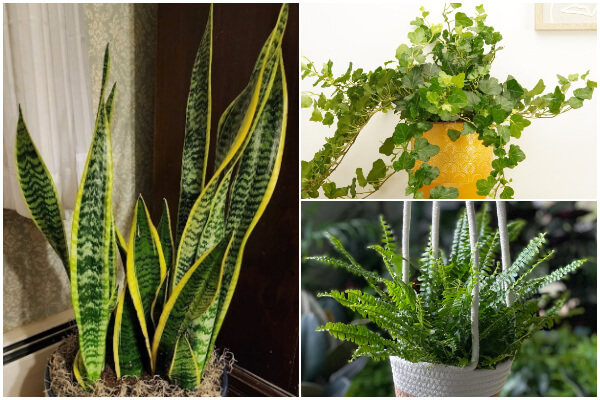In today’s world, where urban living often means dealing with poor air quality, indoor pollution has become a pressing concern. From chemicals in cleaning products to emissions from furniture and electronics, our homes can harbor a surprising number of pollutants. Thankfully, nature provides a solution: houseplants. Not only do these green companions beautify our living spaces, but they also play a significant role in purifying the air. Studies, including research conducted by NASA, have highlighted the ability of certain plants to filter out harmful toxins, improve oxygen levels, and even boost overall well-being. Whether you’re looking to enhance your home decor or create a healthier environment for your family, these plants are a practical and eco-friendly choice. In this guide, we’ll explore 8 exceptional plants that excel at removing indoor air pollution and provide tips to help them thrive in your space.
1. Snake Plant (Sansevieria)
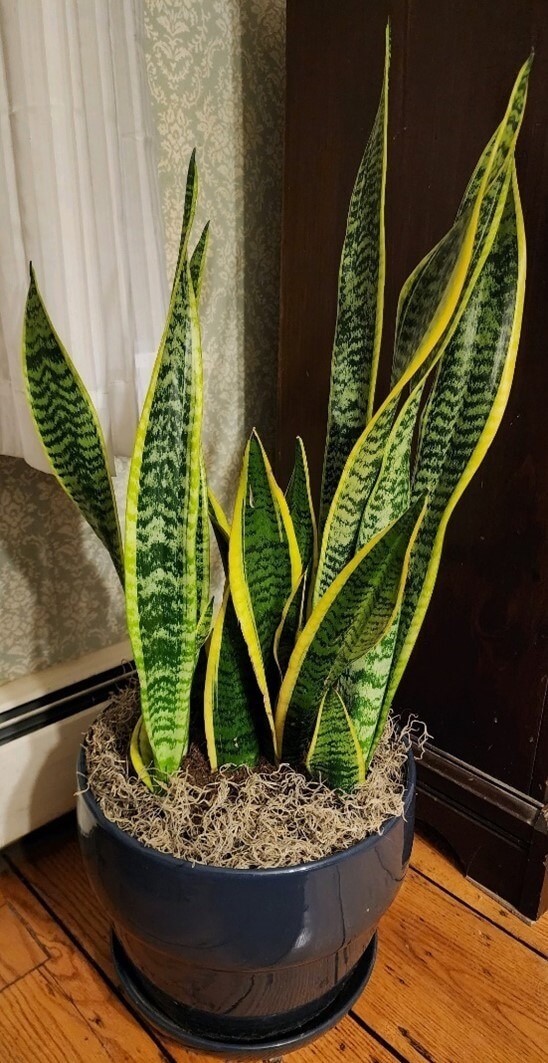
Commonly known as mother-in-law’s tongue, the snake plant is a low-maintenance houseplant famous for its ability to remove toxins such as formaldehyde, benzene, and trichloroethylene. What makes it unique is its capacity to perform photosynthesis at night, releasing oxygen and improving air quality while you sleep. This quality makes it an excellent choice for bedrooms.
Care Tips:
- Light: Thrives in low to bright, indirect light.
- Water: Allow the soil to dry between waterings.
- Temperature: Prefers temperatures between 60°F and 80°F (15°C-27°C).
2. Spider Plant (Chlorophytum comosum)
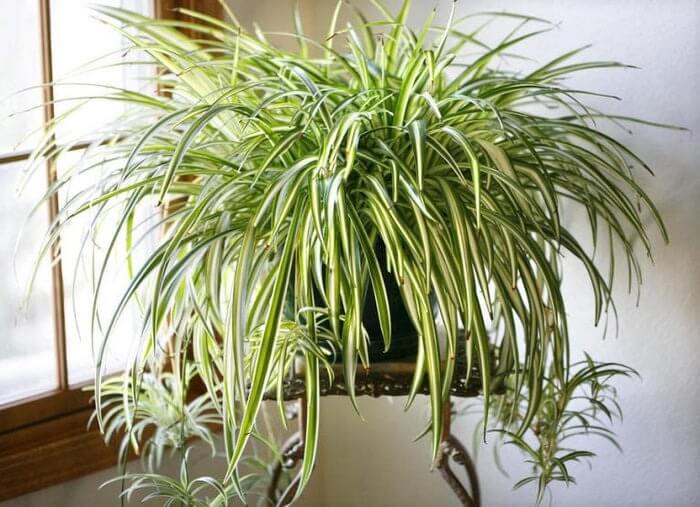
The spider plant is a resilient option for improving indoor air quality. It effectively filters out carbon monoxide, formaldehyde, and xylene, making it ideal for homes and offices. Moreover, it’s non-toxic, so it’s safe for pets and children.
Care Tips:
- Light: Prefers bright, indirect sunlight.
- Water: Keep the soil slightly moist but avoid overwatering.
- Temperature: Does well in temperatures between 65°F and 75°F (18°C-24°C).
3. Peace Lily (Spathiphyllum)
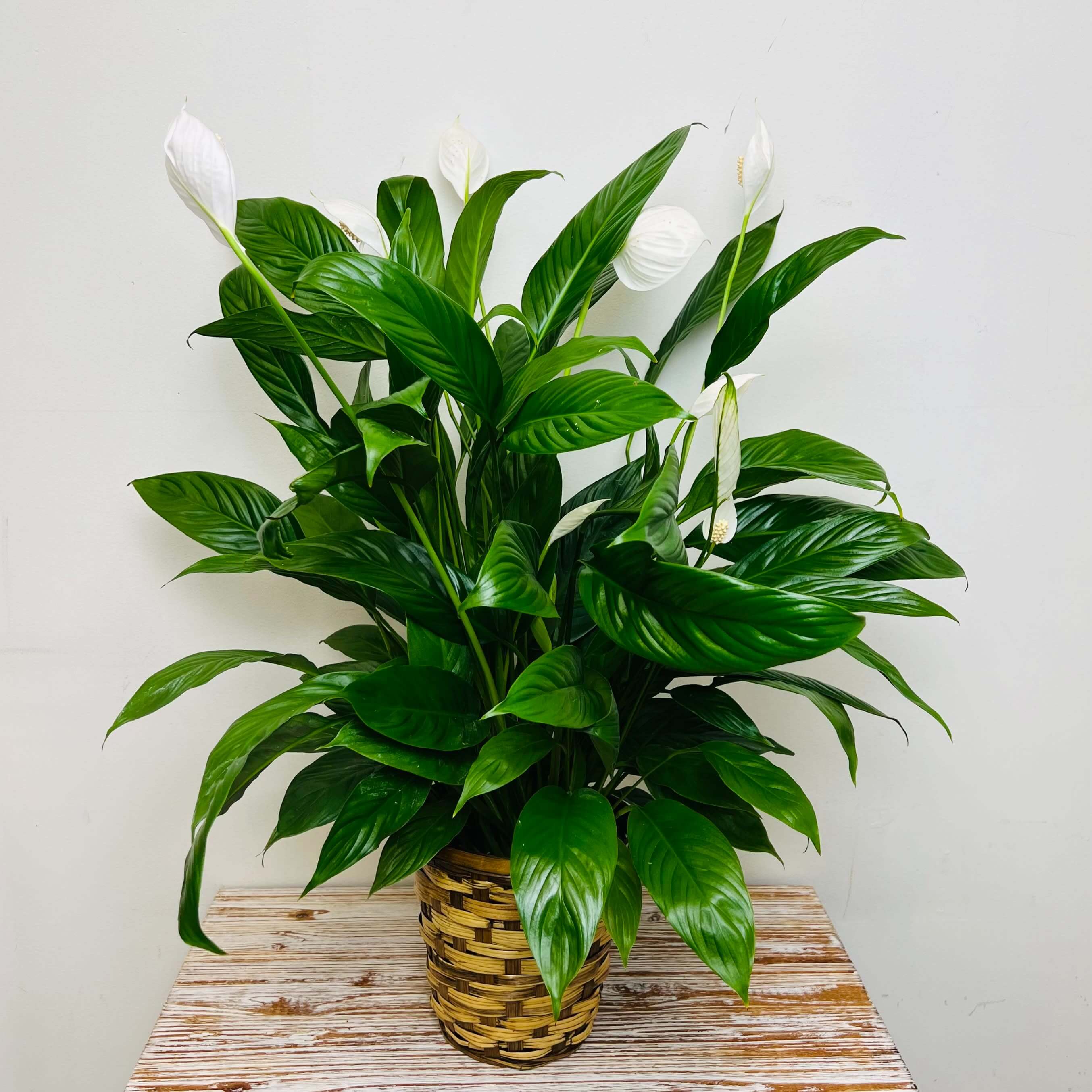
With its elegant white blooms, the peace lily is not just a beautiful addition to your home but also a potent air purifier. It is effective in removing toxins like benzene, formaldehyde, and trichloroethylene. However, it’s worth noting that peace lilies are toxic to pets if ingested.
Care Tips:
- Light: Tolerates low light but prefers medium, indirect sunlight.
- Water: Keep the soil moist but not soggy.
- Temperature: Thrives in temperatures between 68°F and 85°F (20°C-29°C).
4. English Ivy (Hedera helix)
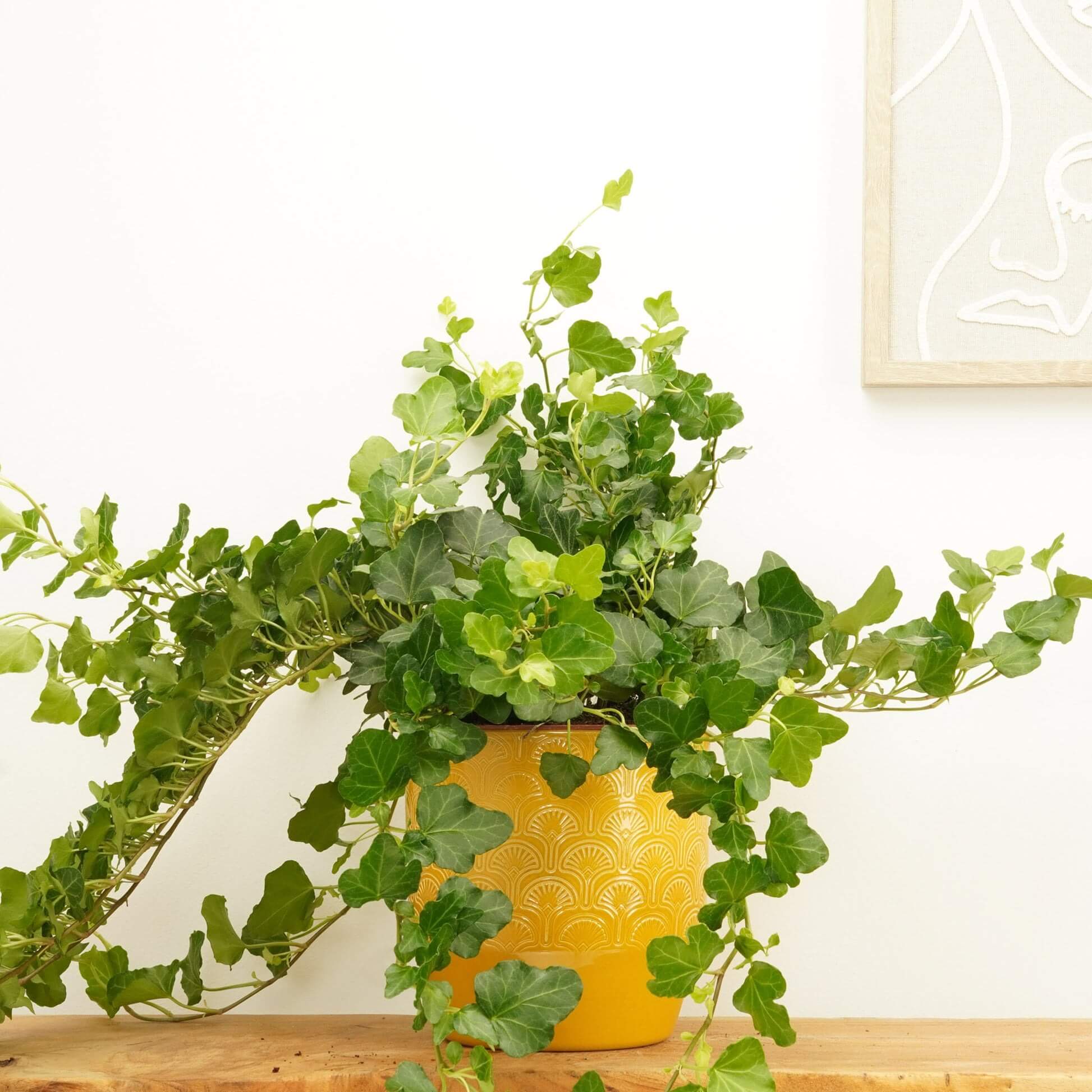
English ivy is a versatile plant that reduces airborne mold and fecal-matter particles, making it a great choice for allergy sufferers. It’s also effective at filtering formaldehyde, which is commonly found in cleaning products and synthetic materials.
Care Tips:
- Light: Prefers bright, indirect light but tolerates low light.
- Water: Allow the soil to dry slightly between waterings.
- Temperature: Performs well in temperatures between 50°F and 70°F (10°C-21°C).
5. Rubber Plant (Ficus elastica)
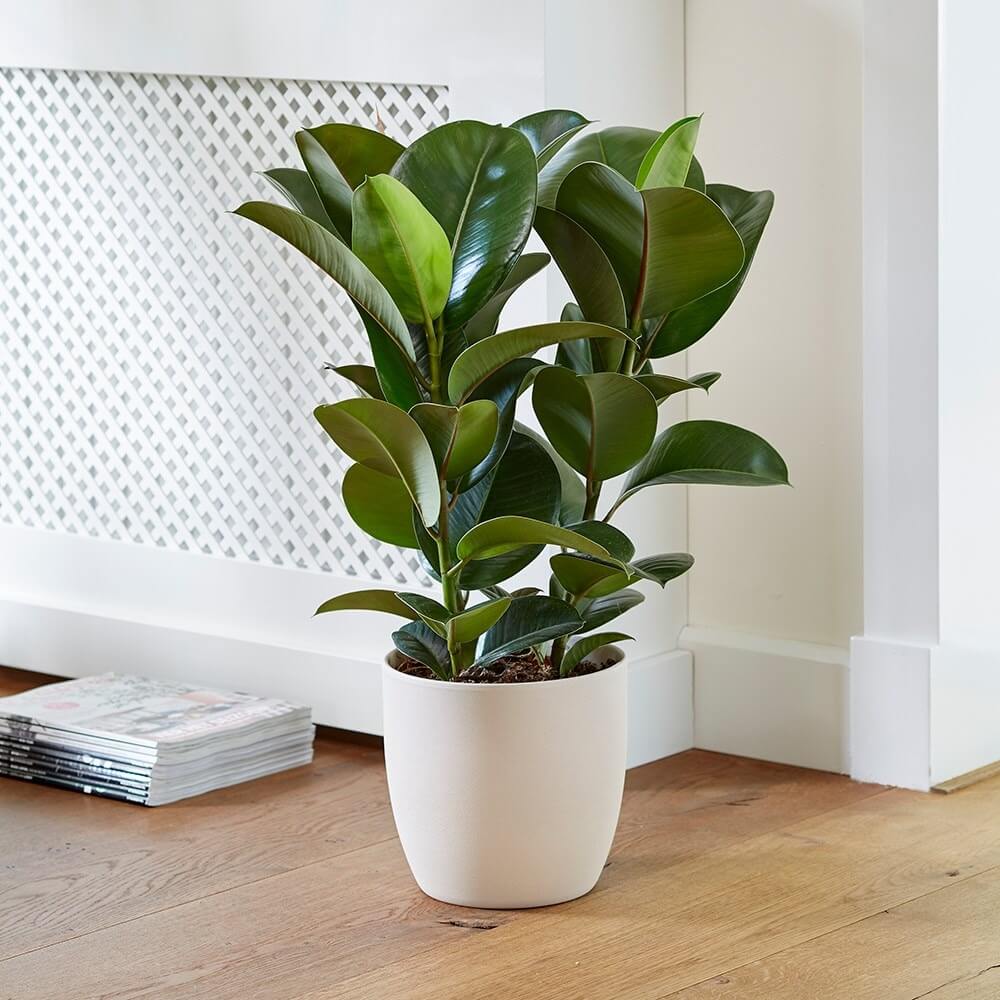
The rubber plant is not only a visually striking addition to your home but also a powerful air purifier. It’s particularly adept at removing formaldehyde and other volatile organic compounds (VOCs). Its large, glossy leaves also contribute to increased oxygen levels.
Care Tips:
- Light: Prefers bright, indirect light.
- Water: Allow the topsoil to dry out before watering.
- Temperature: Ideal range is between 60°F and 75°F (15°C-24°C).
6. Boston Fern (Nephrolepis exaltata)
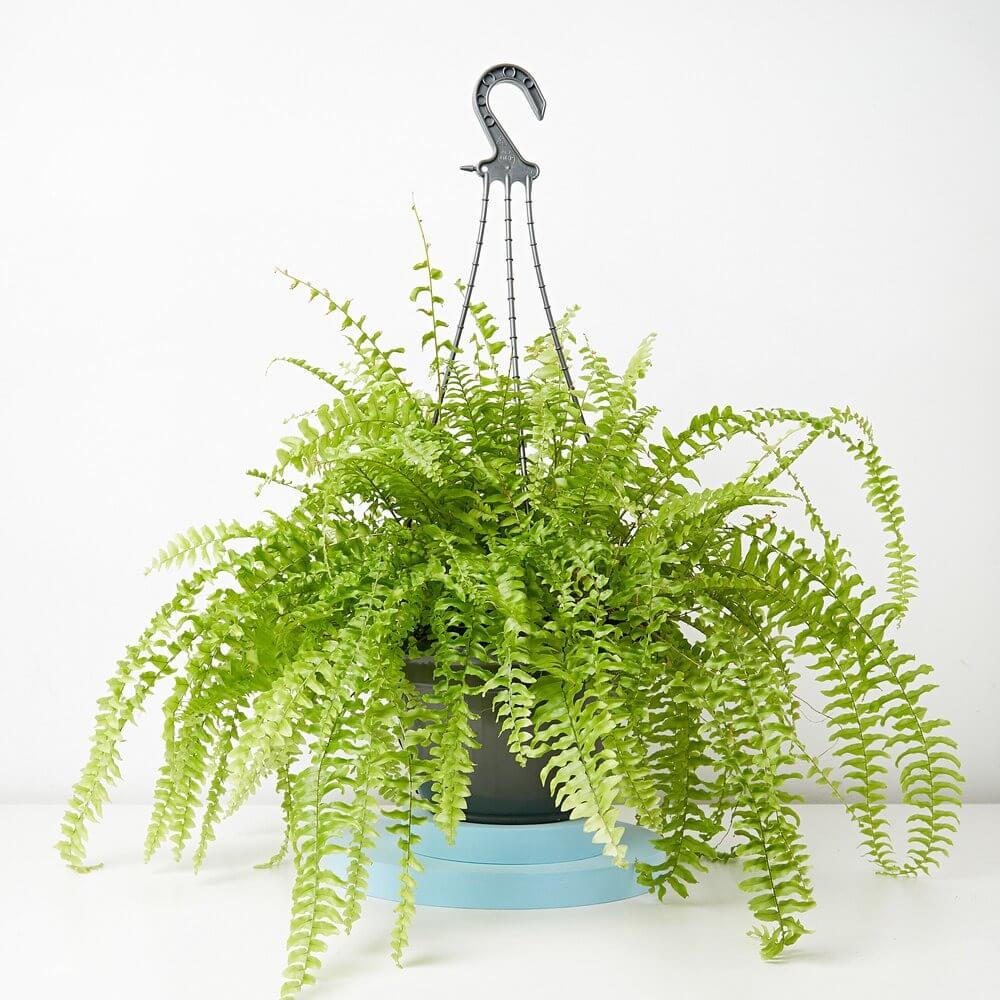
Known for its lush fronds, the Boston fern is an excellent natural humidifier that also removes toxins like formaldehyde, xylene, and toluene. It’s particularly beneficial for people living in dry climates or using air conditioning frequently.
Care Tips:
- Light: Requires bright, indirect light.
- Water: Keep the soil consistently moist and mist the leaves regularly.
- Temperature: Thrives in temperatures between 65°F and 75°F (18°C-24°C).
7. Philodendron
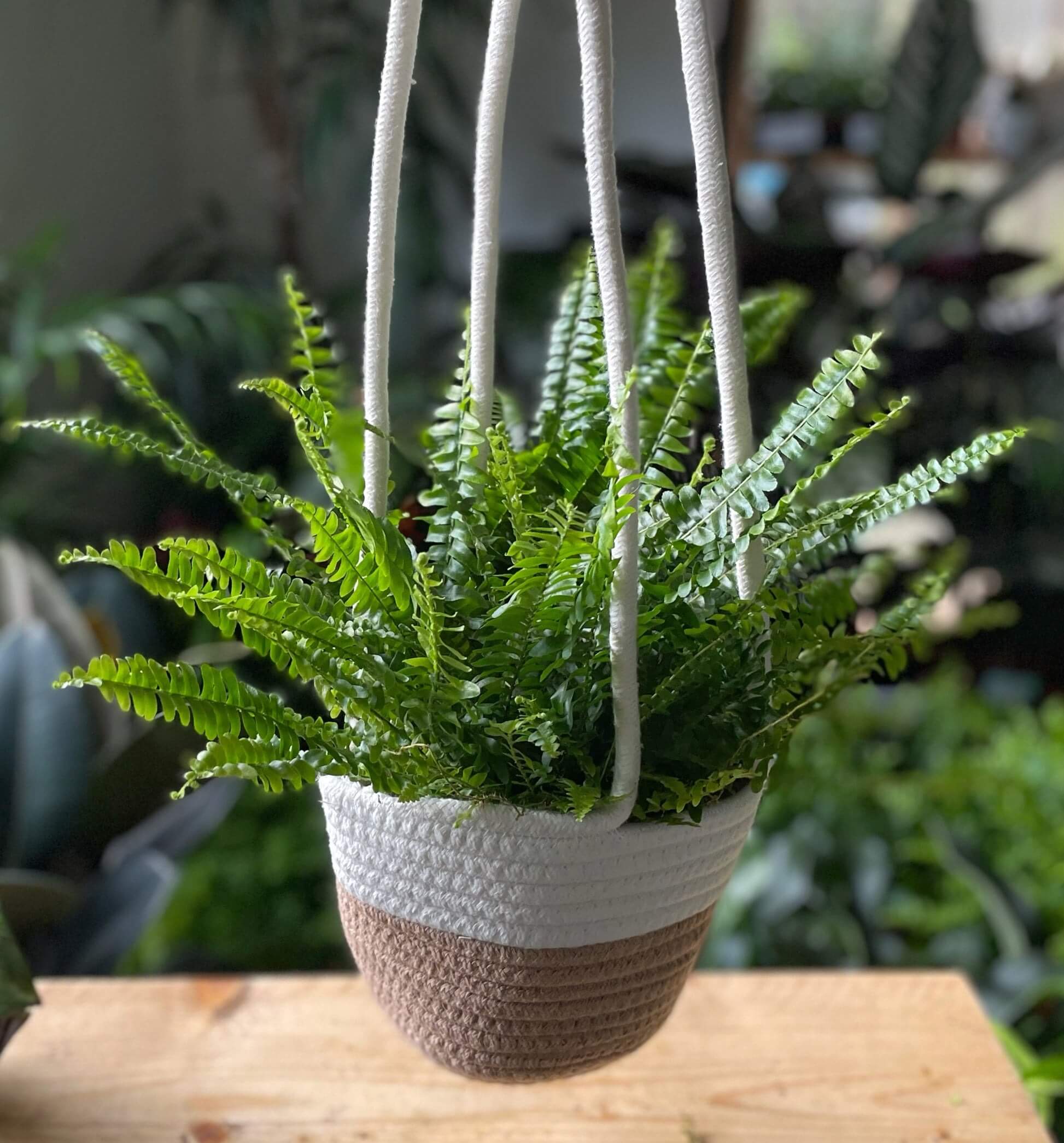
Available in varieties such as heartleaf and selloum, philodendrons are effective at combating formaldehyde and other VOCs. Their trailing vines make them a versatile choice for shelves, hanging baskets, or tabletops.
Care Tips:
- Light: Prefers medium to bright, indirect light.
- Water: Allow the top inch of soil to dry out before watering.
- Temperature: Performs best between 65°F and 80°F (18°C-27°C).
8. Aloe Vera
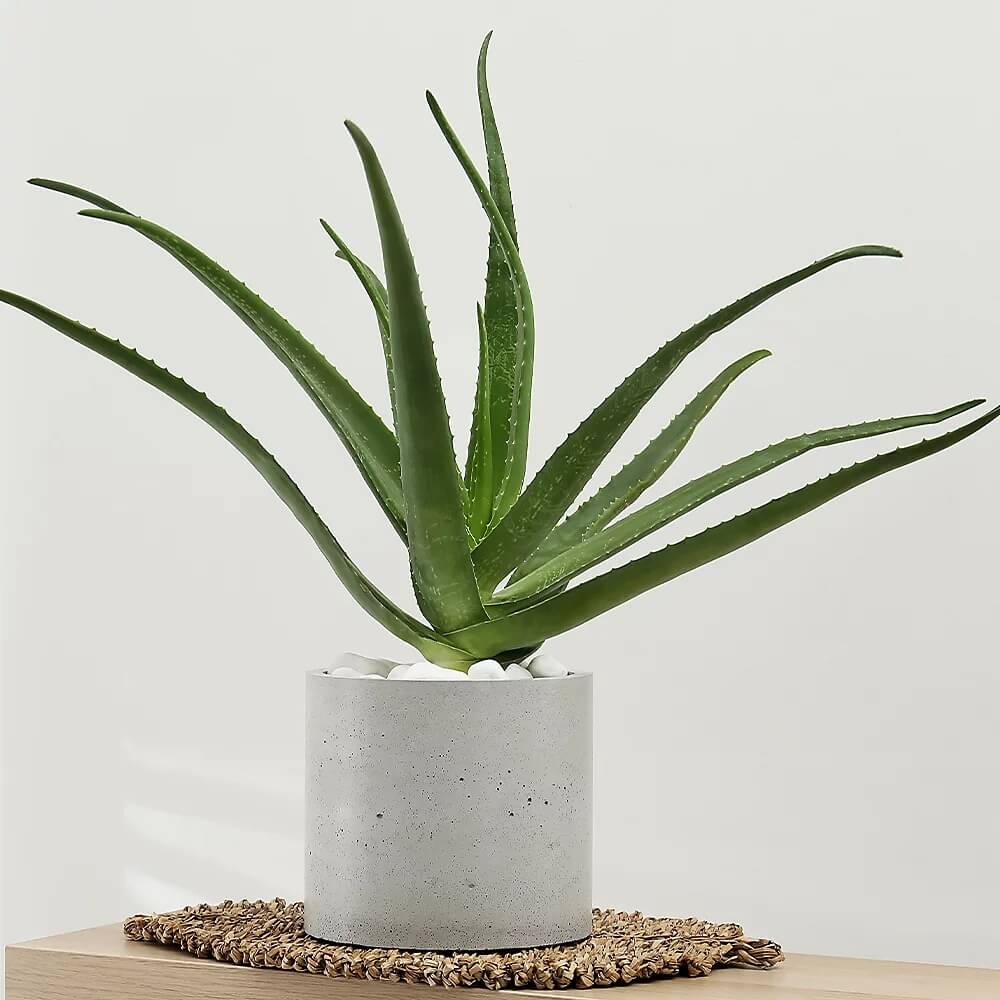
Aloe vera is not only a popular medicinal plant for soothing skin irritations but also an effective air purifier. It removes toxins like formaldehyde and benzene, commonly found in paints and cleaning products. Additionally, it’s a hardy plant that thrives in low-maintenance environments.
Care Tips:
- Light: Prefers bright, indirect sunlight.
- Water: Allow the soil to dry completely between waterings.
- Temperature: Ideal range is between 55°F and 80°F (13°C-27°C).
Integrating these plants into your indoor spaces not only beautifies your home but also helps combat air pollution, ensuring a healthier environment. To maximize their air-purifying benefits, consider placing multiple plants in different rooms and caring for them based on their specific needs. By doing so, you can create a cleaner, greener, and more inviting living space.

